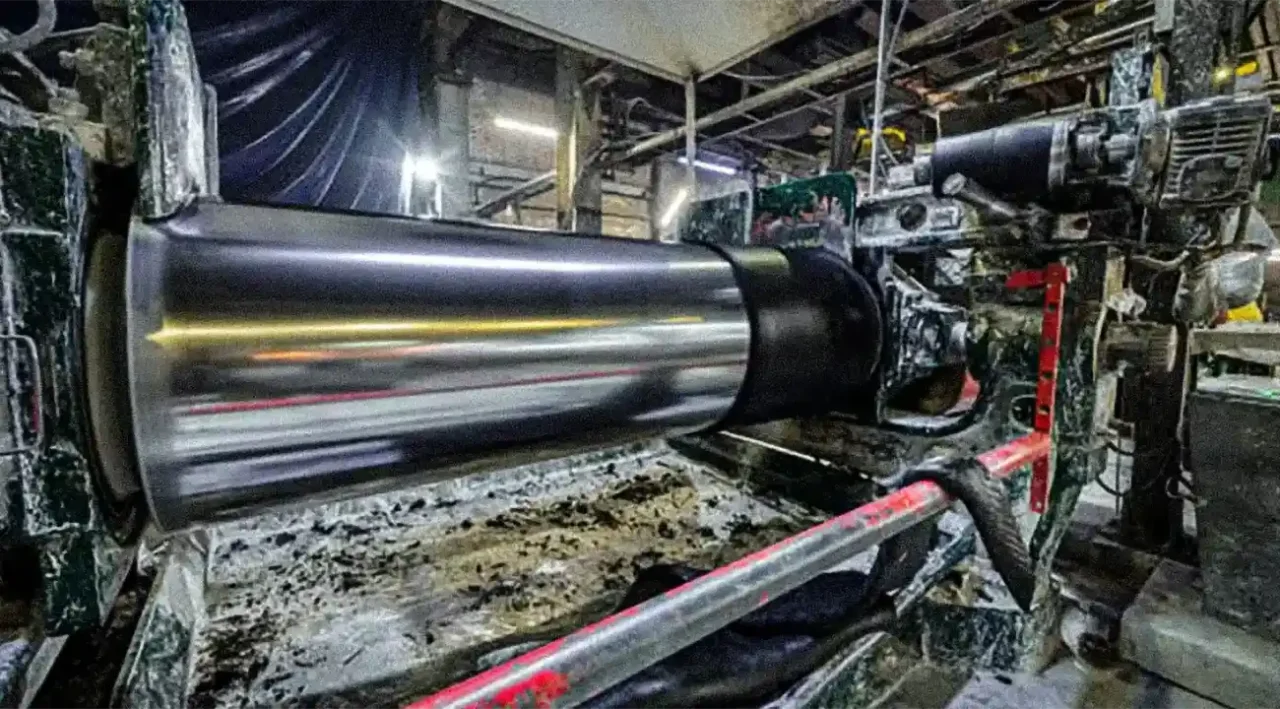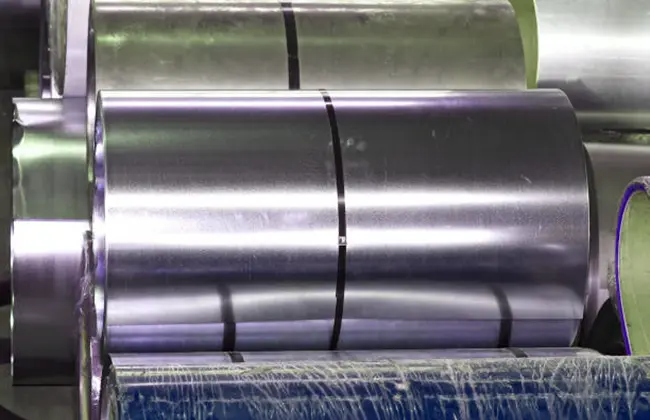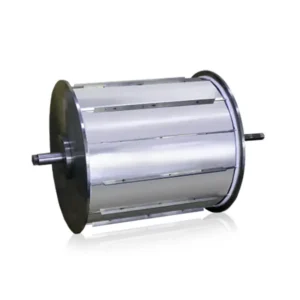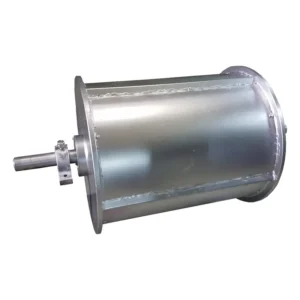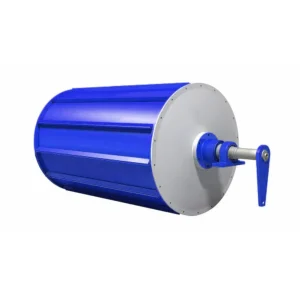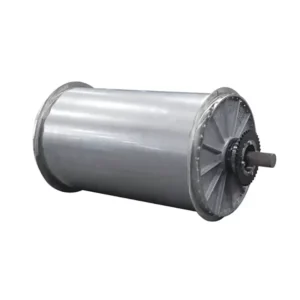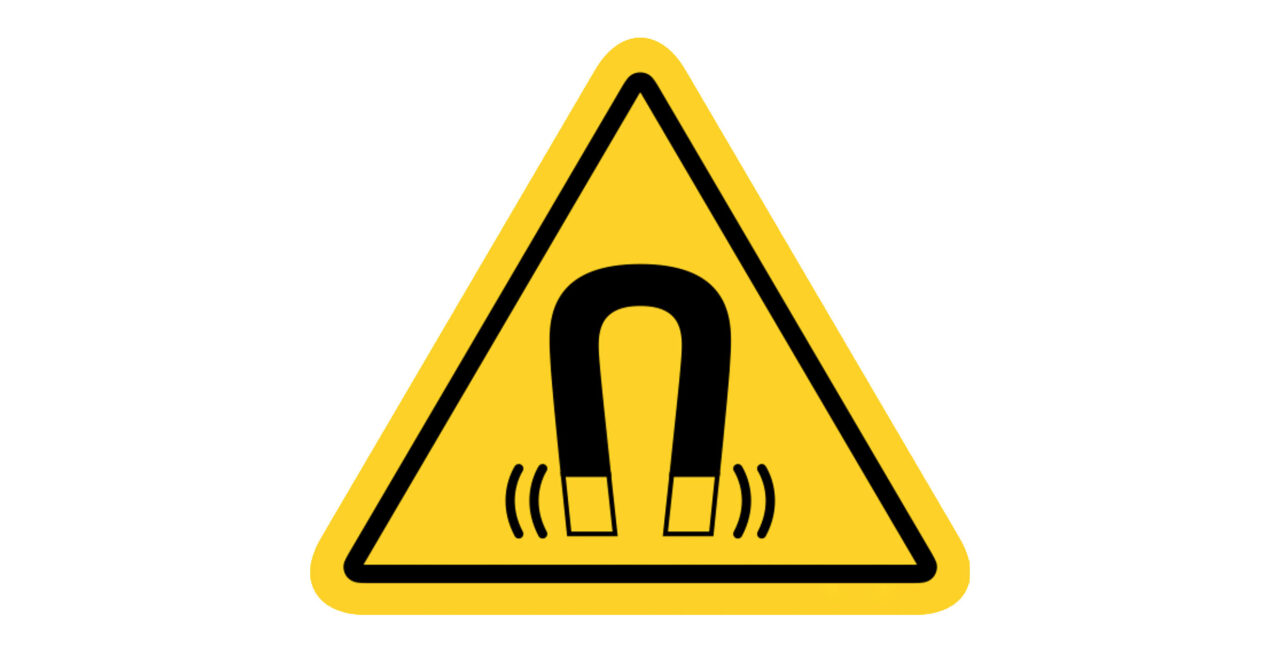Choosing the right magnetic separator is critical for any industry that needs to remove metal contaminants from materials. With so many types of magnetic separators, from drum separators to high gradient magnetic separation systems, it’s easy to get overwhelmed. Follow me as I learn about the common types of magnetic separators currently on the market and the necessary factors to consider in your selection so that you can choose the most effective magnetic separator to meet your project needs.
What are the different types of magnetic separators?
Drum separators are an essential tool for industries that need to separate ferrous materials from nonferrous metals. But because magnetic separators are so diverse in design and have varying magnetic strengths, it can be hard to know which one is right for your project. To help you understand the landscape, we’ve broken down the main types of magnetic separators on the market today based on two key factors: design and magnetic field strength.
Types Based on Design
Magnetic separators typically come in four main types: drum, cross-belt, roll, and high-gradient magnetic separation (HGMS). The way it’s constructed determines how it performs in different situations. Some separators are better suited to high-volume operations, while others are better suited to delicate, precision work.
- Drum separators are the most widely used, with a rotating drum that continuously pulls ferrous material from bulk materials, making them ideal for operations that require efficient, stable separations. They are often used in recycling facilities, mining, and manufacturing.
- Cross-belt separators use a conveyor system to move material through a magnetic field that pulls ferrous material out as it passes through. This design is ideal for situations where large amounts of material need to be processed at once.
- Roller separators are great for fine particle separations. They have a high magnetic gradient and can be used to process powdered or small particles of ferrous materials. This makes them essential in industries such as ceramics or mining where precision is critical.
- High Gradient Magnetic Separators (HGMS) are designed to process materials that are very weakly magnetic. This type of magnetic separator uses a very high intensity magnetic field to separate materials that would otherwise pass through a traditional drum or tumbler separator. HGMS are often used in industries that deal with mineral processing or fine iron removal.
Classification by Magnetic Field Strength
Not all materials respond to the same magnetic force, so choosing the right magnetic separator is critical to effective separation. So people often classify them according to the strength of the magnetic field.
- Low-intensity magnetic separators (LIMS) are designed for strongly magnetic materials such as magnetite. Their lower magnetic field strength is ideal for separating large, strongly magnetic particles and is often used in the mining industry where coarse-grained materials need to be separated.
- Medium-intensity magnetic separators (MIMS) handle medium-magnetic materials, such as hematite. This type of magnetic separator has greater flexibility and is widely used in industries where the magnetic field strength does not need to be as strong as HIMS, but is stronger than LIMS.
- High-intensity magnetic separators (HIMS) are designed for materials with weaker magnetic properties. These magnetic separators produce stronger magnetic fields, which can separate ferrous contaminants from non-metallic materials or fine particles from minerals.
Other ways to classify magnetic separators
Besides construction and strength, there are two other ways to classify magnetic separators: dry and wet, permanent magnetic and electromagnetic.
- Dry or wet:Dry magnetic separators are suitable for materials in a dry state, such as powders or granules, while wet magnetic separators are used for slurry-based (minerals in a water-rich environment).
- Permanent or electromagnetic:Permanent magnetic separators use materials such as neodymium to produce a constant magnetic field. Electromagnetic separators, on the other hand, are powered by electricity to produce a controllable magnetic force.
How to choose a suitable magnetic separator?
Choosing the right magnetic separator can seem tricky, but it doesn’t have to be. With the right tips, you can make an informed decision. Here are a few key factors to consider when searching for the right magnetic separator for your project: metal contaminant type and size, flow rate, feed method, conveyor width, operating temperature, and operating environment.
- Type and size of metal contaminants
The first thing to consider is the type and size of the metal particles you’re trying to remove. Are you dealing with large ferrous materials or fine metal dust? The size and type of metal directly affects the strength of the magnetic field you need. For large ferrous objects, a low intensity magnetic separator (LIMS) may be sufficient. But for smaller metal particles or weakly magnetic materials, a high intensity magnetic separator (HIMS) or even a high gradient magnetic separator (HGMS) is required. For example, if you’re in the food or pharmaceutical industries, tiny metal dust can cause big problems, so a stronger magnetic field is needed. - Conveyor flow rate
Next, consider the speed of the conveyor system. The speed at which the conveyor moves directly determines the overall flow rate of the material, and the magnetic separator needs to be able to operate quickly and efficiently. If the separator can’t keep up, there’s a risk of incomplete separation. Drum or cross-belt separators are often well suited for high-volume operations because they can handle large amounts of material while operating at high speeds. - Feeding Method
The way material enters the separator can affect how well it works. If the material is uneven or bulky, you may need additional components that can handle that flow. Regular roller separators are better suited for steady, controlled feeding, while drum or cross-belt separators can manage a wider flow of material, including bulkier items. - Conveyor Width
The magnetic drum needs to be able to cover the entire width of the conveyor belt so that no material escapes the magnetic field. Wider conveyors require larger, more powerful separators, or multiple units working in concert. For example, if your conveyor belt is 1.5 meters wide, the magnetic separator needs to be wider than 1.5 meters. - Operating Temperature
If you work in a high-temperature environment. The permanent magnet drums in some magnetic separators can demagnetize in extremely hot environments. For high-temperature applications, you need a magnetic separator that can withstand those conditions. An electromagnetic separator may offer more flexibility here because you can adjust its magnetic field strength to accommodate higher temperatures. Or choose higher grade neodymium magnets to make magnetic drums. We will provide the best suggestions based on customer needs in the early stages of manufacturing. - Working environment
Take full account of the working environment in which the magnetic separator is planned to be put into use, such as: ambient humidity, whether it is necessary to deal with frequently fluctuating metal materials, etc. This determines whether to use a permanent magnetic separator or an electromagnetic separator, or a dry or wet magnetic separator. Permanent magnets provide a constant magnetic field, which is very convenient when there is no stable electricity. Electromagnetic separators are particularly useful in environments with fluctuating metal contamination levels (but have more requirements for electricity and maintenance). Dry magnetic separators are used for processing in a dry state, and wet magnetic separators are more suitable for applications where materials are processed in slurry or liquid form.
Ultimately, choosing the right magnetic separator requires a good understanding of the types of magnetic separators. And a clear understanding of the materials, environment, and overall working system requirements in the intended use process. Whether it is the type of material to be removed, the conveyor speed, or the feeding method, every detail will affect the efficiency of the magnetic separator.
If you’re still unsure, don’t worry – that’s exactly why we can help. Osencmag specializes in helping businesses like yours find the perfect custom magnetic separator. If you need help deciding which magnetic separator is best for your project, we’ll guide you through the process, providing expert advice and tailored solutions. Contact us today and let us help you take the next step!
-
Magnetic Drum
Removable shell magnetic drum for recycling industry
-
Magnetic Drum
Wood crushing factory magnetic drum filter roller
-
Magnetic Drum
Large industrial wear-resistant rare earth magnetic drum
-
Magnetic Drum
Mining permanent magnet neodymium drums
What materials can a magnetic drum separator process?
The magnetic drum separator can handle a wide range of materials, including ferrous metals such as iron and steel, and other magnetic particles. It is commonly used to remove these contaminants from materials such as food, grains, chemicals, plastics, metals, rock products, ores, etc. Whether you are working with dry or wet materials, the magnetic drum separator can handle it, making it flexible for use in different industries.
How do I know which magnetic separator is right for my operation?
To find the right separator, start by knowing what types of metal contaminants you’re dealing with and the size of the particles. Then, consider the speed of your conveyor, how much material you’re processing, and whether your system handles dry or wet materials. Your operating temperature and the width of your conveyor also matter. If you’re unsure, we can help guide you based on your specific needs.
What's the difference between permanent magnets and electromagnets in separators?
Permanent magnets always provide a consistent magnetic field, and they don’t need electricity to work, making them energy-efficient. Electromagnets, however, allow you to adjust the magnetic strength as needed but require a power source. If you want flexibility in your setup, electromagnets might be better, but for lower maintenance and steady performance, permanent magnets are often the way to go.
Do magnetic drum separators work in wet environments?
Yes, wet magnetic drum separators are specifically designed for materials that are processed as a slurry or in liquid form. They provide a higher level of separation for fine particles compared to dry separators, which are used in environments where the materials remain dry. If your process involves liquid, a wet separator will be more effective.
